Misused Money
FAU’s troubles filling the stadium has had some unexpected repercussions
[Ryan Murphy | Business Manager]
February 10, 2015
 If you’ve never attended an FAU home game within the past three years, your tuition was not put to the best use.
If you’ve never attended an FAU home game within the past three years, your tuition was not put to the best use.
In 2012, FAU increased its athletics fee by 5 percent from $16.45 to $17.27 per credit hour to offset the cost of student fees pledged to Regions Bank, who helped fund the building of the $70 million FAU football stadium.
Three years later that stadium holds a football program that is struggling to succeed, and the increase is worth questioning.
An FAU student who takes 15 credit hours will end up paying $259.05 in athletics fees for that semester. Over the span of an academic year (three semesters), the cost comes out to more than $500. This is money that students miss out on.
With a stadium that averages 14,552 attendees and a football program that has only averaged three wins per year since 2011, the athletics fee has not amended students’ displeasure with the stadium.
“I think it’s kind of ridiculous that we’re being charged for something that we’re not using, I don’t think we should be paying for [FAU Stadium] as students when we’re not the ones who paid to build it,” FAU junior Richard Corcho said.
FAU boasts the fifth-highest athletics fee in the state of Florida. Students at the University of West Florida, Florida International University, Florida Gulf Coast University and the University of North Florida pay more.
Thanks to the hike in the athletics fees, FAU secured $508,400 in revenue for the 2012 academic year and beyond.
A portion of it went to fund the rising costs of scholarships for athletes, summer school, salaries and benefits for the coaching staff, medical insurance, team travel and game officials.
The 82-cent increase was unanimously approved by the Board of Trustees. The athletics fee is the second-highest fee per credit hour for an FAU student behind the tuition differential.
Damian Thompson, an FAU student and former accounting major, understands the situation that the school faced in raising the athletics fees.
“The school is a business, the school has to come up with a price and if they’re in debt then they have to raise their prices somewhere to offset that,” said Thompson.
However, not everyone echoes that sentiment.
“I’d rather keep that money in my pocket,” said former FAU student Michael D’Angelo who stopped attending classes this semester because he could no longer pay for them.
The football program has had trouble garnering student interest and attendance. In 2014, the attendance per game for football was 14,552, but according to the Palm Beach Post those numbers were greatly inflated — which is allowed by NCAA regulations. The stadium seats 30,000.
“We should have built up the football program first and then rewarded their hard work with a stadium,” said FAU junior Monique Harvey.
Many (including ESPN) reported the stadium almost being filled to capacity at the Dec. 24 Boca Bowl. To those who attended the game, the numbers appear to be skewed. According to Boca Mag, three minutes into the game the stadium was half full.
Since the opening of the stadium on Oct.15, 2011, the FAU team has accumulated a 13-35 record and a 9-11 record at home. In the three years since the increase in the athletics fee, FAU football also had three different coaches.
This past year was the first full year under head coach Charlie Partridge. The team went 3-9 for the season and lost four games by a combined margin of eight points. Until the football program can string winning years together, the stadium and athletics fees will continue to be looked at by some as money misused.

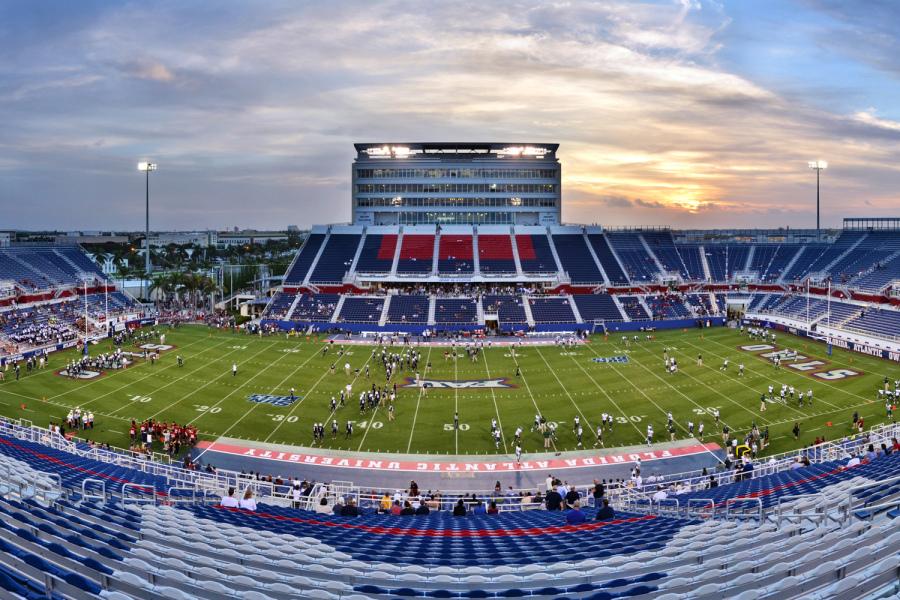







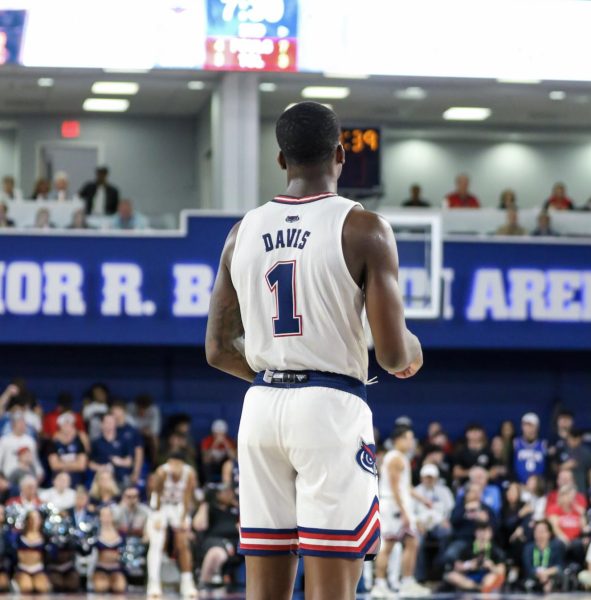
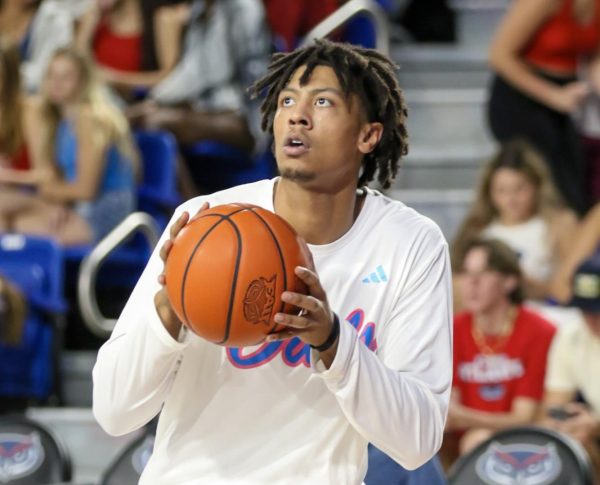
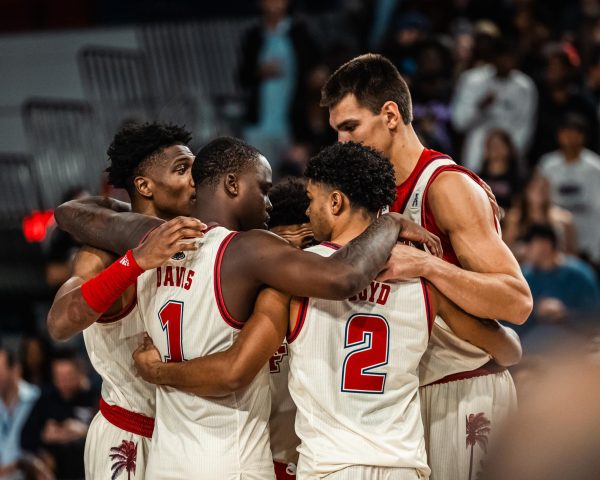

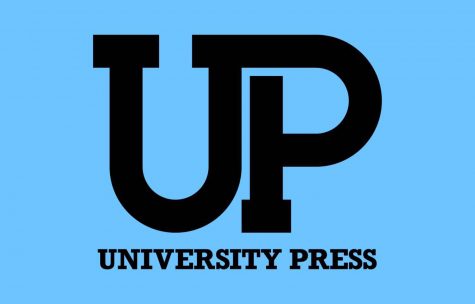

Glenn E. Gromann • Feb 27, 2015 at 1:34 pm
Students need to be cognizant of the fact that eventually the sports programs will subsidize the school–provided they are successful. That appears to be the “game plan” quite literally. That is why the FSU, UF fees are so low. That being said FAU has one unique feature which tops ALL state schools and which could generate millions of dollars of revenue to subsidize operations. FAU sits in the middle of and is part of some of the most valuable real estate in Florida. One only needs to look at the Airport Authority to see the massive cash flow being thrown off by operations, the Tilted Kilt has very little to do with aviation yet it throws off income. Notwithstanding the poorly planned existing low rise buildings which waste a lot of land, FAU could still be a real estate juggernaut while providing retail services such as restaurants, hotel, services ON CAMPUS? I estimate the value of such real estate based on operating cash flow at around $750 million dollars and the cash flow probably MORE than what the state funds FAU annually. With thousands of front feet on Glades Road. Nothing like that exists at FSU or UF which development is school specific only (i.e. housing and low end service like fast food). One wonders when anyone will realize this potential.
caj • Mar 17, 2015 at 2:24 pm
Another benefit to FAU’s location is the fact that over 65% of FAU Alum live in south Florida. When the overwhelming majority of your alumni live within 15 mins to an hour and a half from campus not investing in athletics is not a smart move. You are leaving millions of dollars and priceless alumni engagement on the table. One just has to imagine the benefits when the team starts winning and big meaningful games are being played right here on campus in south Florida. Glenn the only thing to be careful with is making sure that development is campus friendly. The land owned by FAU that has pf Chang’s, Barnes and noble, whole foods etc is a good example of your idea and makes a healthy leasing income for the university. I would just caution anything directly on campus to be student centric and fit within the framework of a major university and not necessarily the relatively high end Boca population. They shouldn’t be excluded of course but the valuable land should be developed with balance.
Boca Owl • Feb 10, 2015 at 7:04 pm
Every year or so the UP writes this same article and every year they miss the point.
This is not an ala carte university. This is a major university with a football team. If you want to attend here, there are fees associated with doing that. It doesn’t matter if you drive here, you pay for the roads; it doesn’t matter if you use the doctors here, you pay for health services; it doesn’t matter if you attend student club events, you pay for A&S fees; and finally, it doesn’t matter if you attend football games because you pay athletic fees. That’s what it costs to attend FAU.
And don’t forget that your athletic fees cover ALL of the 18 athletic programs here, NOT JUST FOOTBALL. Sure, the football stadium debt helped to increase the athletic fees, but the athletic fees also cover track, softball, volleyball, and so on. When’s the last time you attended a women’s softball game? Think about how much money you’d have back if you didn’t have to pay for those programs too. It’s the same deal.
But the UP doesn’t write about that. It’s always someone who doesn’t get it, who doesn’t put the football team and its effect on student enrollment, alumni engagement, fundraising and national branding into their article. You guys need to start looking at the whole picture and support your university.
caj • Feb 10, 2015 at 9:59 pm
Well said, the only way a student can forego those fees is to choose to attend schools like the university of phoenix (online), or to some degree small private liberal arts colleges. You are right Boca owl, if you want to attend a large (30000+ students) public state university then you have to accept the fees, that enable the large state universities to be able to offer what they do
caj • Feb 10, 2015 at 5:12 pm
One thing that this article neglected was the use of the stadium and athletics to increase alumni support. Despite FAU having one of the highest average starting salaries for recent grads in the state, they had one of the lowest alumni giving rates. One way to increase that is to give alumni more ways to connect to the university and foster school pride. Attending games in an on campus stadium and athletics in general is one way to do that. The football program is about 14 years old and the stadium has been on campus for only 3 seasons. The stadium is a long term investment so give it time and I think the benefits will become blatantly clear. Student attendance is up 21%, fau just secured the best recruiting class in its history, and a top program (UM) will be playing in the stadium next season for the first time. In addition, the stadium allows for fau to host outside events that increase exposure and generate revenue. As a 2013 grad who paid the fees, I think the benefits far exceed any negatives, you just have to give these things time.